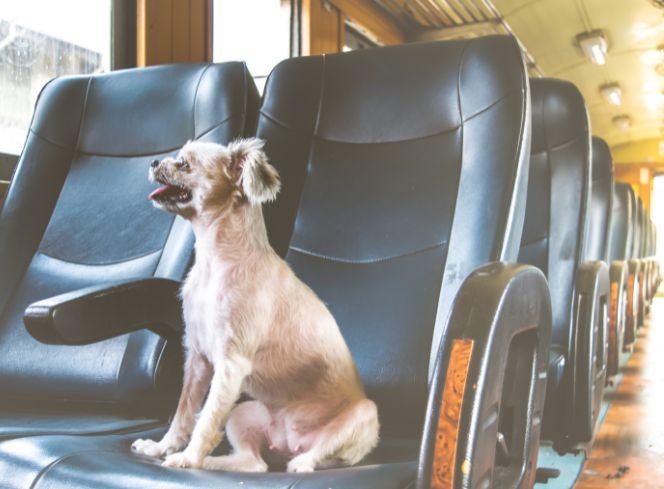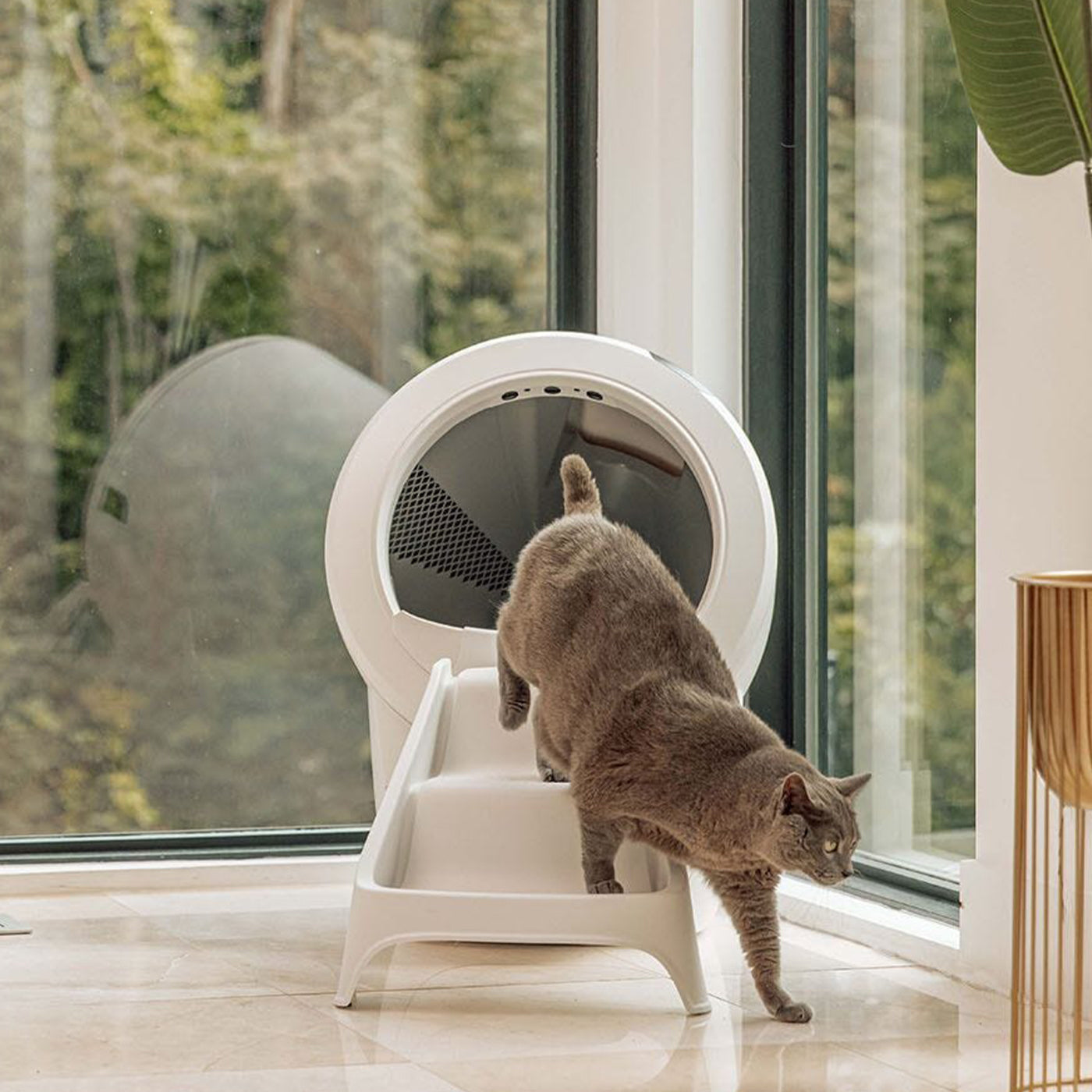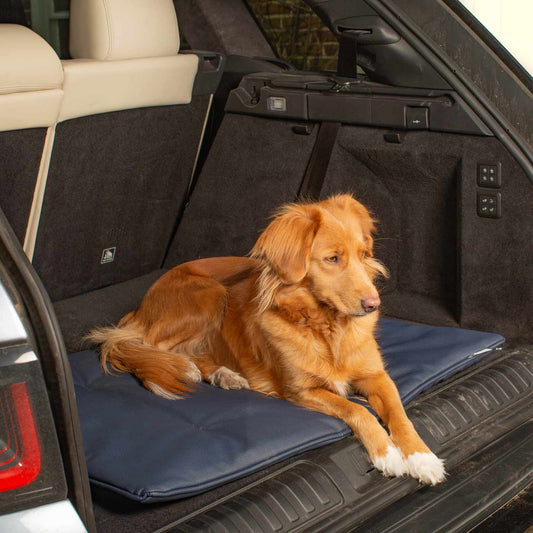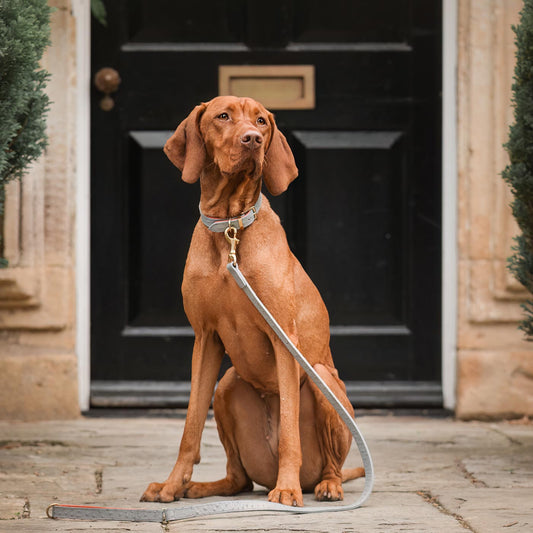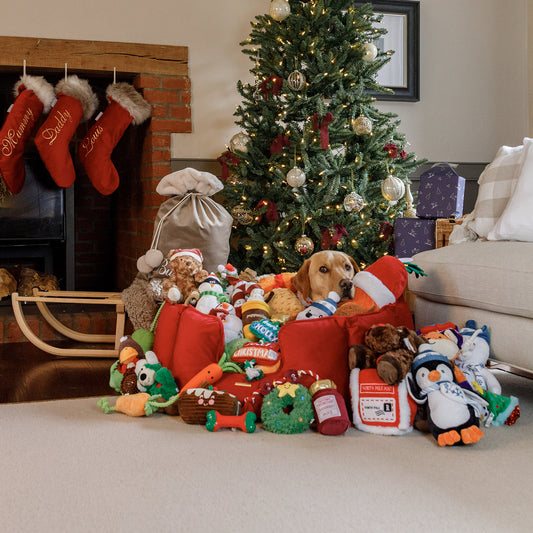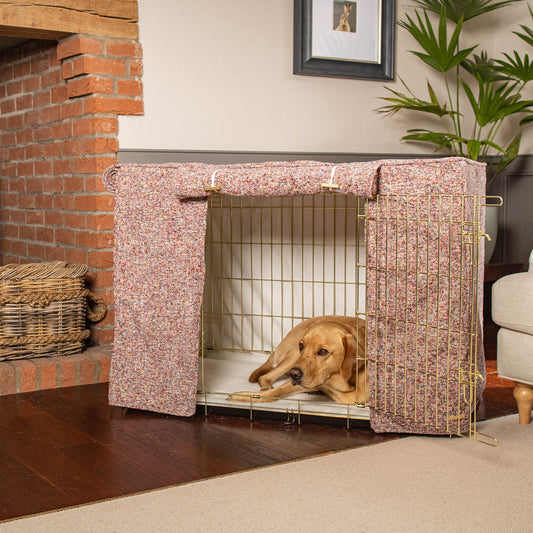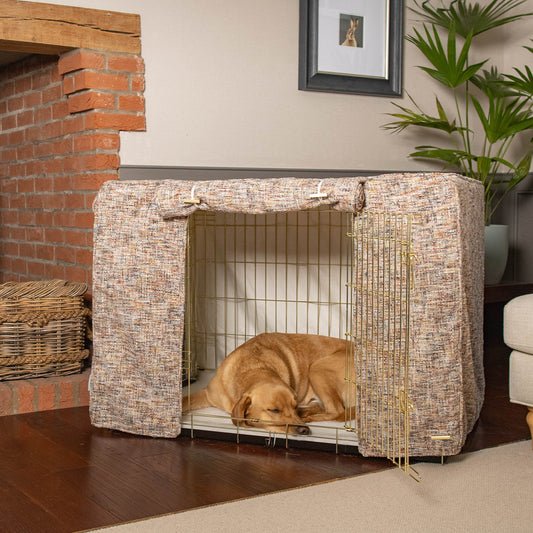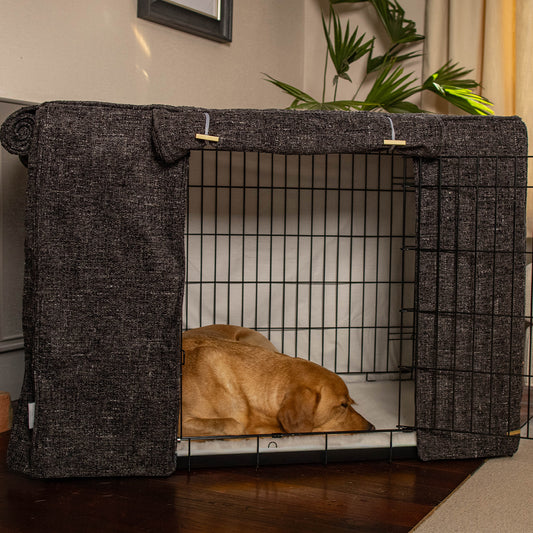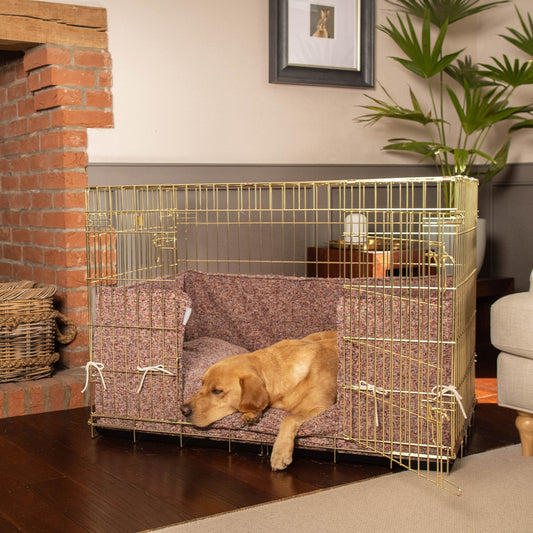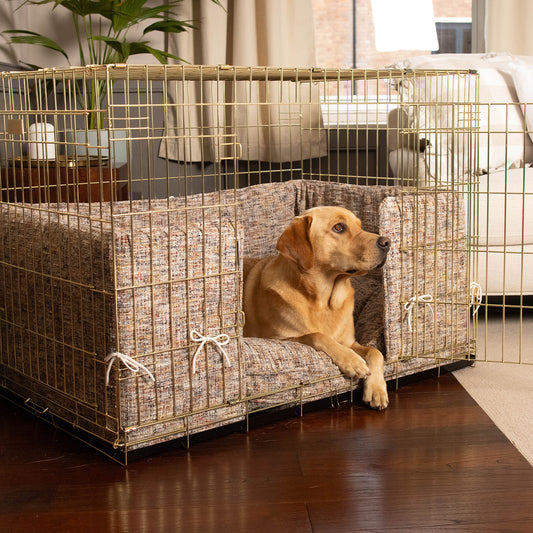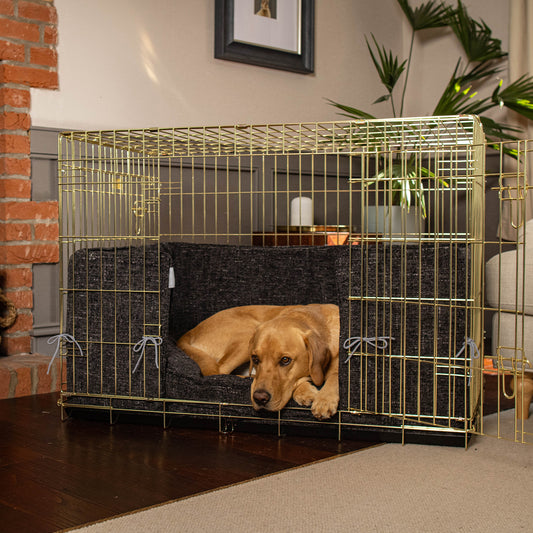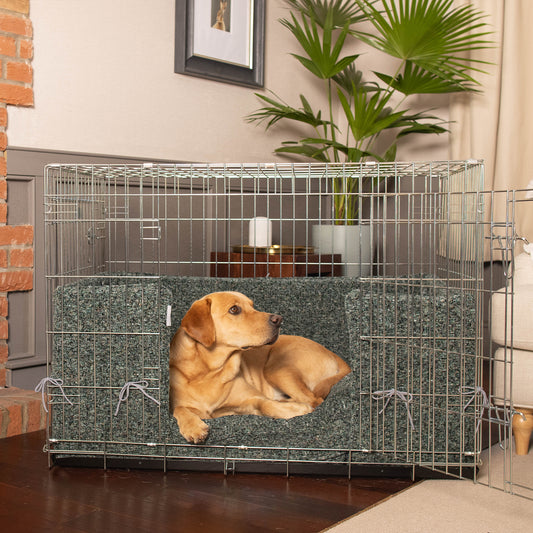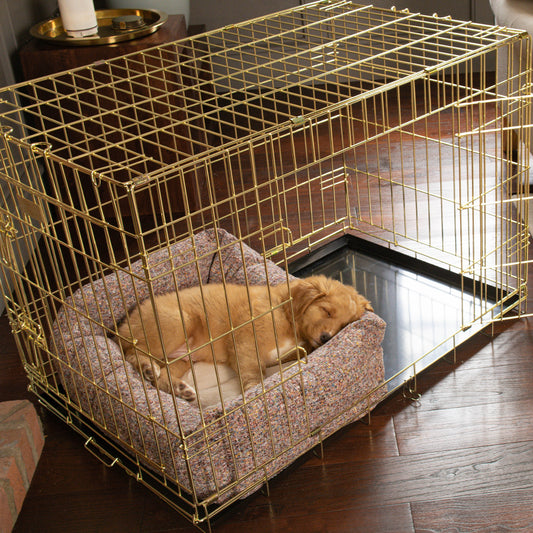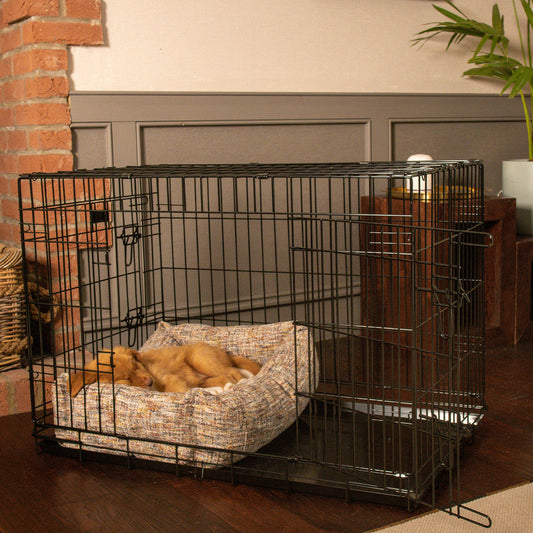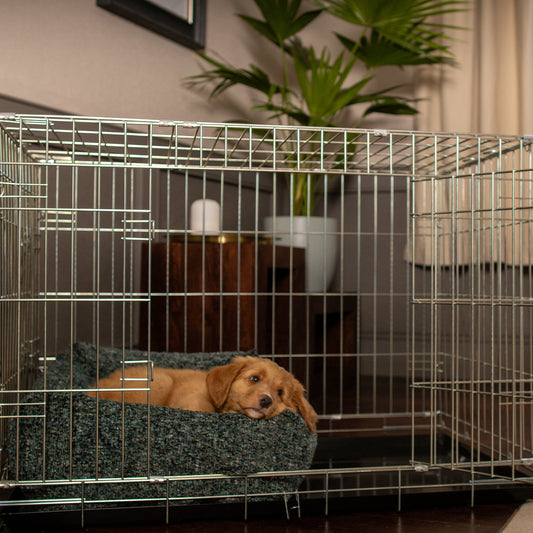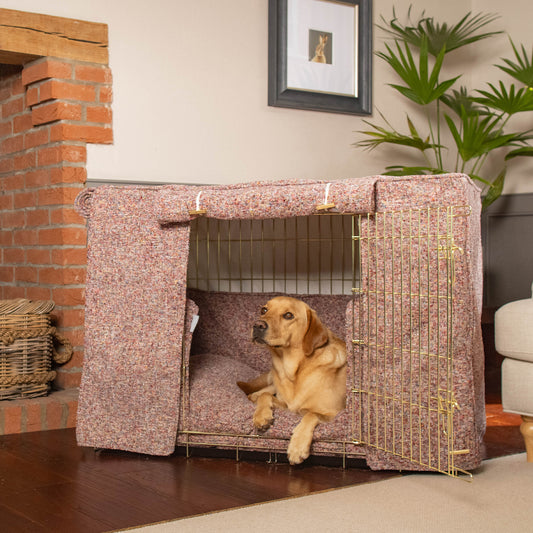For many dog owners, the thought of taking their furry companions on a train journey for the first time can be both exciting and nerve-wracking. Questions like "Are dogs allowed on trains?" and "Can you take dogs on the Eurostar?" often arise. Fortunately, with the right knowledge and preparation, traveling with your dog on a train can be a smooth and enjoyable experience. In this comprehensive guide, we will address all your concerns and provide valuable insights on how to make your dog's first train journey a pleasant one.
Are Dogs Allowed on Trains?
Yes, dogs are generally allowed on trains, but specific regulations and policies can vary between train operators and regions. To ensure a smooth journey, it's crucial to research the dog-friendly policies of the train service you plan to use. Most train services allow dogs to travel with their owners, but there are conditions you should be aware of, such as size restrictions, the need for a lead and, in some cases, the requirement for a muzzle.
Can Dogs Go On Trains In The UK?

Traveling with your canine companion on trains in the United Kingdom is a common practice, and train operators across the country have established guidelines to make this experience safe and enjoyable for both pets and passengers. Here, we will provide you with information based on the guidance from the official National Rail website.
National Rail has laid out a comprehensive pet policy to clarify the rules and requirements for traveling with dogs and other pets on trains across the UK. Below are some key points from their policy:
- Size Restrictions: National Rail's pet policy does not specify a weight limit for dogs, but it is essential to ensure your dog is well-behaved and can fit comfortably in the space provided without causing inconvenience to other passengers.
- Lead Requirements: While on the train, your dog should be kept on a lead or harness, or in some cases in a pet carrier - smaller dogs may feel more comfortable in a dog carrier.
- Carriage Restrictions: Dogs are typically allowed in the passenger carriages, but it is advisable to check with your specific train service for designated areas or carriages for travellers with pets.
- Reservations: Making a reservation is strongly recommended when traveling with your dog, as it ensures you have sufficient space and reduces potential inconveniences to other passengers.
- Cleaning Up: Responsible pet owners should carry poop bags to clean up after their dogs. This ensures that the train remains clean and hygienic for all passengers.
- Identification and Vaccination Documents: While it is not a strict requirement on all train services, it's a good practice to carry identification and vaccination documents for your dog. This can be especially important if your dog were to become lost during your journey. Make sure the name and address on both their microchip and ID tag on their collar is up to date.
- Behaviour and Consideration: Be considerate of your fellow passengers. Ensure your dog remains well-behaved, quiet, and does not cause any disturbances during the journey.
It's important to note that National Rail's pet policy is a guideline for the entire UK rail network, but there may be some variations depending on the train operator or specific services. Therefore, it is advisable to check with the train service you plan to use to ensure you comply with their individual pet policy.
Can Dogs Go On Eurostar Trains?
Dogs can only go on certain Eurostar train routes, but there are guidelines you must follow. Eurostar allows small dogs to travel with their owners under specific conditions. Make sure to check the Eurostar website for the most up-to-date information on their pet policy.
Taking Your Dog on the Train for the First Time

Now that you know dogs are generally welcome on trains, let's explore some essential tips to ensure a stress-free and comfortable journey for both you and your canine companion.
1. Check the Train Service's Pet Policy
Before embarking on your journey, visit the official website of the train service you plan to use. Familiarise yourself with their specific pet policy, including size restrictions, lead and muzzle requirements, and any additional charges.
2. Make a Reservation
When traveling with your dog on a train, it's advisable to make a reservation. This helps ensure there is enough space for both you and your furry friend. Inform the train operator that you'll be traveling with a dog when booking your ticket.
3. Prepare Your Dog

It's essential to prepare your dog for the train journey. Introduce your pet to the sights and sounds of the train station and use positive reinforcement to create a calm and stress-free atmosphere. Bring your dog's favourite toys and a comfortable blanket for added comfort.
4.Carry Essential Supplies
Pack the following essentials for your dog's journey:
- Water and a portable bowl
- Dog food and treats
- Poop bags for clean-up
- Identification and vaccination documents
- First-aid kit
5. Choose the Right Seat
Select a seat that's more spacious and comfortable for both you and your dog. Many train services have designated areas for passengers with pets, so inquire about these options when making your reservation.
6. Be Considerate of Other Passengers
Remember that not everyone on the train may be as fond of dogs as you are. Keep your dog on a lead, and ensure they are well-behaved throughout the journey. Be respectful of other passengers by avoiding excessive barking or any disturbances.
Traveling with your dog on a train for the first time can be a wonderful experience when approached with proper planning and knowledge. Dogs are generally allowed on trains, and the key to a successful journey lies in understanding and adhering to the specific pet policies of the train service you choose. Prepare your dog, carry essential supplies, and be considerate of other passengers to ensure a smooth and enjoyable trip for both you and your furry friend. With the right preparation, your dog can become the perfect travel companion on the rails.






















































